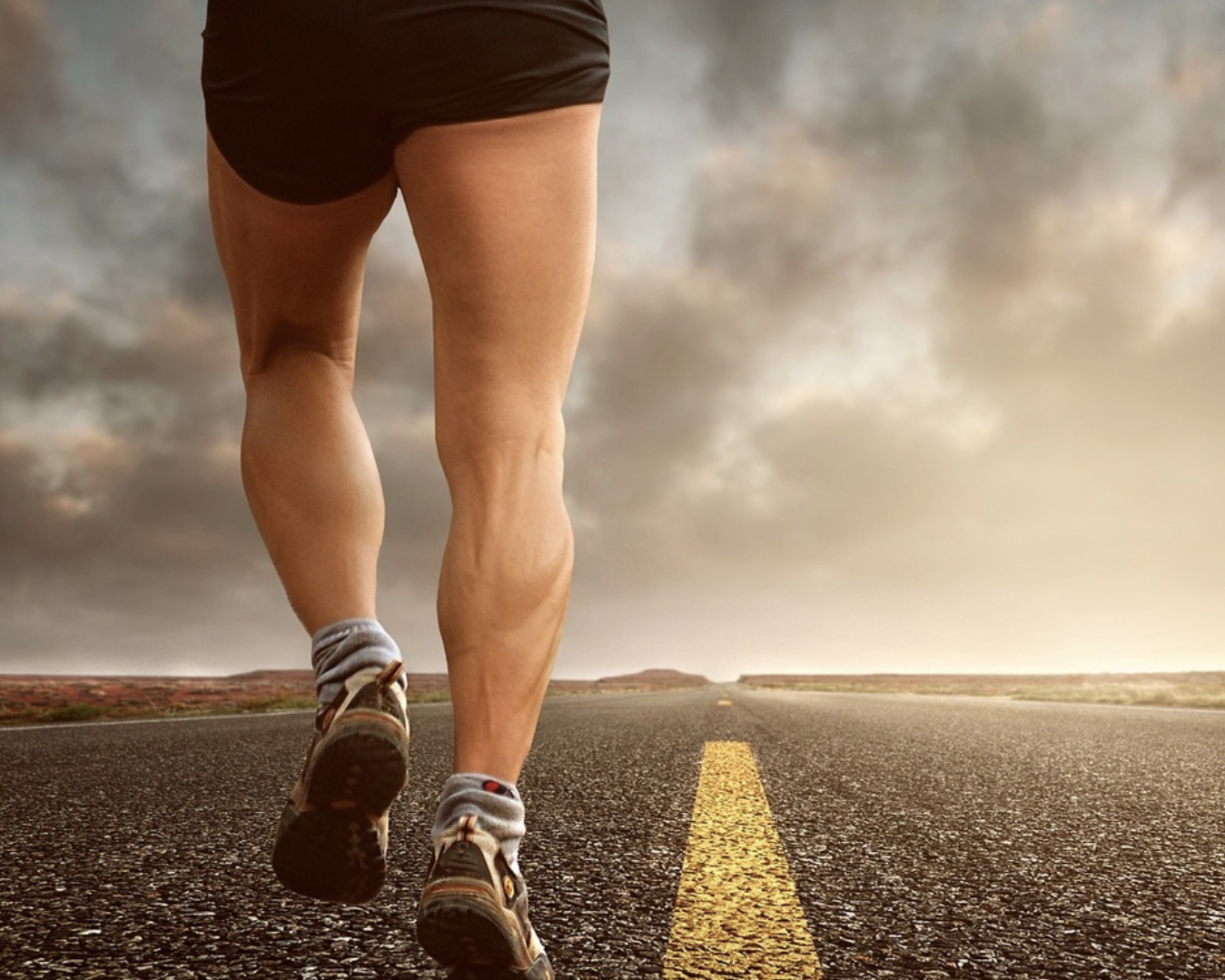
Riding a bike can provide a wide range of benefits for both physical and mental health. Here are some of the ways riding a bike can positively impact your life:
- Cardiovascular Health: Regular cycling can improve your cardiovascular fitness by strengthening your heart, lungs, and blood vessels. It can also help lower blood pressure and reduce the risk of heart disease, stroke, and other chronic diseases.
- Muscle Strength and Tone: Cycling is a low-impact exercise that can strengthen and tone the muscles in your legs, hips, and buttocks. It can also help improve your posture and balance.
- Weight Management: Cycling is an excellent way to burn calories and lose weight. It can help you maintain a healthy weight and reduce the risk of obesity.
- Stress Relief: Cycling can be a great way to relieve stress and improve your mental health. It can help you relax, clear your mind, and boost your mood.
- Joint Health: Cycling is a low-impact exercise that is easy on the joints. It can help improve joint mobility and reduce the risk of arthritis and other joint-related problems.
- Environmental Benefits: Cycling is an eco-friendly mode of transportation that can help reduce your carbon footprint and improve the environment.
Overall, cycling is an excellent way to improve your physical and mental health while also being a fun and enjoyable activity. Here is further information you need to know about what cycling can do for you.
How long should I bike for a good workout?
The duration of your cycling workout depends on your fitness level, goals, and available time. For general fitness and health, experts recommend that adults aim for at least 150 minutes of moderate-intensity aerobic activity per week, including cycling. This equates to about 30 minutes of cycling, five times a week.
If you are new to cycling, start with shorter rides and gradually increase your duration and intensity over time. A good way to measure your intensity level is to use a heart rate monitor or perceived exertion scale, where moderate intensity is around 50-70% of your maximum heart rate or a 5-6 on a scale of 1-10.
For more intense workouts or training, you can aim for longer rides of up to 60-90 minutes or incorporate interval training and hills. However, it’s important to listen to your body and not overdo it, especially if you are new to cycling or have any health concerns.
Always warm up and cool down properly and stretch after your ride to prevent injury and aid recovery. Ultimately, the best duration for a good cycling workout depends on your individual needs and goals, so it’s a good idea to consult a fitness professional if you’re not sure where to start.
Is riding a bike for 30 minutes good exercise?
Yes, riding a bike for 30 minutes can be a good exercise, especially if you’re consistent with it. It’s a great way to improve your cardiovascular health, strengthen your muscles, and burn calories.
According to the Centers for Disease Control and Prevention (CDC), adults should aim for at least 150 minutes of moderate-intensity aerobic activity per week, which can be achieved by cycling for 30 minutes, 5 times a week. Moderate-intensity cycling means you should be able to talk but not sing while cycling.
However, the intensity of your cycling workout can also impact the effectiveness of your exercise. If you cycle at a higher intensity, such as incorporating intervals or cycling uphill, you can burn more calories, improve your fitness level and see more benefits in less time.

What muscles are toned by cycling?
Cycling is a great low-impact exercise that engages a variety of muscles in your body. Here are some of the muscles that are toned and strengthened by cycling:
- Quadriceps: The quadriceps, located in the front of your thigh, are the primary muscles used when you pedal a bike.
- Hamstrings: The hamstrings, located in the back of your thigh, work in tandem with the quadriceps to help you pedal and stabilize your knee.
- Glutes: The glutes, or buttock muscles, are also engaged when you pedal a bike, especially when cycling uphill or at a high intensity.
- Calves: The calf muscles, located in the back of your lower leg, work to push the pedals down and provide power to your cycling.
- Core muscles: Your core muscles, including your abdominals and back muscles, help to stabilize your body and maintain good posture while cycling.
- Upper body: Although cycling primarily works the lower body muscles, the upper body muscles, including the arms, shoulders, and upper back, are also engaged to some extent, especially when you cycle standing up or when you steer your bike.
How long does it take to see results from cycling?
The amount of time it takes to see results from cycling depends on several factors, including your fitness level, goals, and frequency of cycling. Here are some general guidelines:
- Cardiovascular fitness: With regular cycling, you can start to see improvements in your cardiovascular fitness within a few weeks. You may notice that you can cycle for longer periods of time or at a higher intensity without feeling as tired.
- Weight loss: Cycling can be an effective way to burn calories and support weight loss. However, the amount of weight loss you can achieve through cycling depends on several factors, including your diet, frequency of cycling, and intensity level. With consistent cycling and healthy eating habits, you may start to see results within a few weeks or months.
- Muscle tone: Cycling can help tone and strengthen your leg muscles, including your quads, hamstrings, and calves. Depending on your starting point, you may start to see visible changes in muscle tone within a few weeks or months.
- Stress relief and mental health: Cycling can be a great way to reduce stress and improve your mental health. You may notice improvements in your mood and overall well-being after just a few rides.
It’s important to note that everyone’s body responds differently to exercise, so the timeline for seeing results may vary. Additionally, consistency is key – the more frequently you cycle and the longer you stick with it, the greater the benefits you’re likely to see.

Is it better to ride a bike or run?
Whether cycling or running is better for you depends on your personal preferences, fitness goals, and physical abilities. Here are some factors to consider:
- Impact on joints: Cycling is a low-impact exercise that puts less stress on your joints than running. If you have joint pain or are recovering from an injury, cycling may be a better option for you.
- Cardiovascular benefits: Both cycling and running are great aerobic exercises that can improve your cardiovascular health. However, running tends to burn more calories and may provide a more intense cardiovascular workout.
- Muscle engagement: Cycling primarily works the lower body muscles, including the quadriceps, hamstrings, and glutes. Running, on the other hand, engages more of the muscles in your legs, as well as your core and upper body muscles.
- Convenience: Cycling requires a bike and a safe place to ride, whereas running can be done anywhere, anytime, without any equipment.
- Enjoyment: Ultimately, the best exercise for you is the one that you enjoy and are more likely to stick with. If you love cycling, you may be more motivated to do it regularly and see greater benefits as a result.
Overall, both cycling and running can be effective exercises for improving your fitness and overall health. The best choice for you depends on your individual needs and preferences.
Does cycling change your body shape?
Cycling can help change your body shape by toning and strengthening your muscles, but the extent to which it does so depends on several factors, including your starting point, frequency of cycling, intensity level, and diet. Here are some ways that cycling can impact your body shape:
- Lower body: Cycling primarily works the muscles in your legs, including your quadriceps, hamstrings, and glutes. With regular cycling, you can strengthen and tone these muscles, which can lead to a more defined lower body shape.
- Core: Cycling also engages your core muscles, including your abdominals and back muscles. With consistent cycling, you can strengthen and tone these muscles, which can help give you a more defined waistline and flatter stomach.
- Upper body: Although cycling primarily works the lower body, it can also engage the muscles in your arms, shoulders, and upper back to some extent. However, if you’re looking to build upper body muscle mass, you may need to incorporate additional exercises into your workout routine.
- Weight loss: Cycling can be an effective way to burn calories and support weight loss, which can also impact your body shape. With consistent cycling and healthy eating habits, you may notice changes in your overall body shape as you lose weight.

What happens if you cycle everyday?
Cycling everyday can have many positive effects on your physical and mental health, but it’s important to pay attention to your body and make sure you’re not overdoing it. Here are some potential benefits and considerations of cycling everyday:
- Improved cardiovascular health: Cycling is an aerobic exercise that can improve your cardiovascular health by strengthening your heart and lungs. Regular cycling can help reduce your risk of heart disease, stroke, and high blood pressure.
- Weight loss: Cycling can be an effective way to burn calories and support weight loss. If you’re looking to lose weight, cycling everyday can help you achieve your goals.
- Stronger muscles: Cycling primarily works the muscles in your legs, including your quadriceps, hamstrings, and glutes. Regular cycling can help strengthen and tone these muscles, leading to a more defined lower body shape.
- Better mental health: Exercise, including cycling, can improve your mood, reduce stress and anxiety, and boost your overall mental health.
However, it’s important to listen to your body and avoid overdoing it. Cycling everyday can put a lot of strain on your joints and muscles, which can lead to injuries if you don’t allow for proper rest and recovery. To avoid overuse injuries, it’s important to incorporate rest days into your cycling routine and gradually increase the duration and intensity of your rides.
It’s also important to consider factors such as your fitness level, age, and any pre-existing medical conditions when deciding whether or not to cycle everyday.
What does cycling do to your brain?
Cycling can have many positive effects on the brain, including improving cognitive function, reducing stress and anxiety, and boosting mood. Here are some ways that cycling can impact the brain:
- Improved cognitive function: Exercise, including cycling, has been shown to improve cognitive function and memory in both children and adults. Cycling can increase blood flow to the brain, which can enhance neural function and improve overall brain health.
- Reduced stress and anxiety: Cycling, like other forms of exercise, can help reduce stress and anxiety by releasing endorphins, which are natural mood-boosting chemicals in the brain. Cycling outdoors can also provide a sense of calm and connection to nature, which can further reduce stress levels.
- Mood-boosting: Cycling has been shown to boost mood and reduce symptoms of depression in both men and women. This is likely due to the release of endorphins during exercise, which can improve mood and overall well-being.
- Improved sleep: Regular exercise, including cycling, can improve the quality of your sleep by reducing stress and anxiety and promoting relaxation. Better sleep can, in turn, improve brain function and overall health.
- Reduced risk of cognitive decline: Cycling, like other forms of exercise, has been shown to reduce the risk of cognitive decline and dementia in older adults. This may be due to the fact that exercise can help reduce inflammation and oxidative stress in the brain, which can lead to cognitive decline.
Overall, cycling can have many positive effects on the brain, including improved cognitive function, reduced stress and anxiety, and improved mood. Incorporating cycling into your regular exercise routine can be a great way to improve your brain health and overall well-being.




